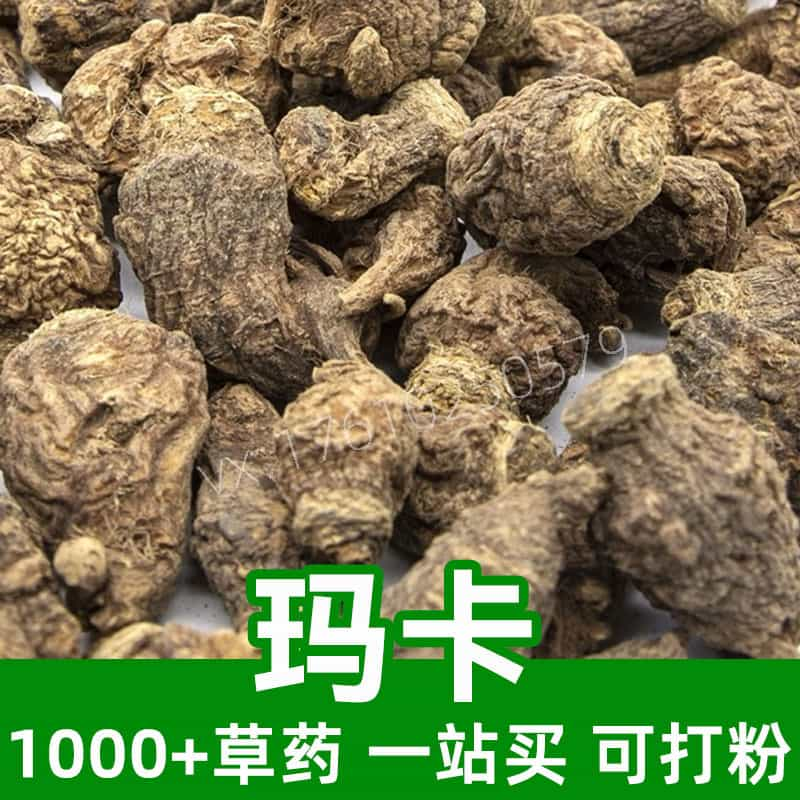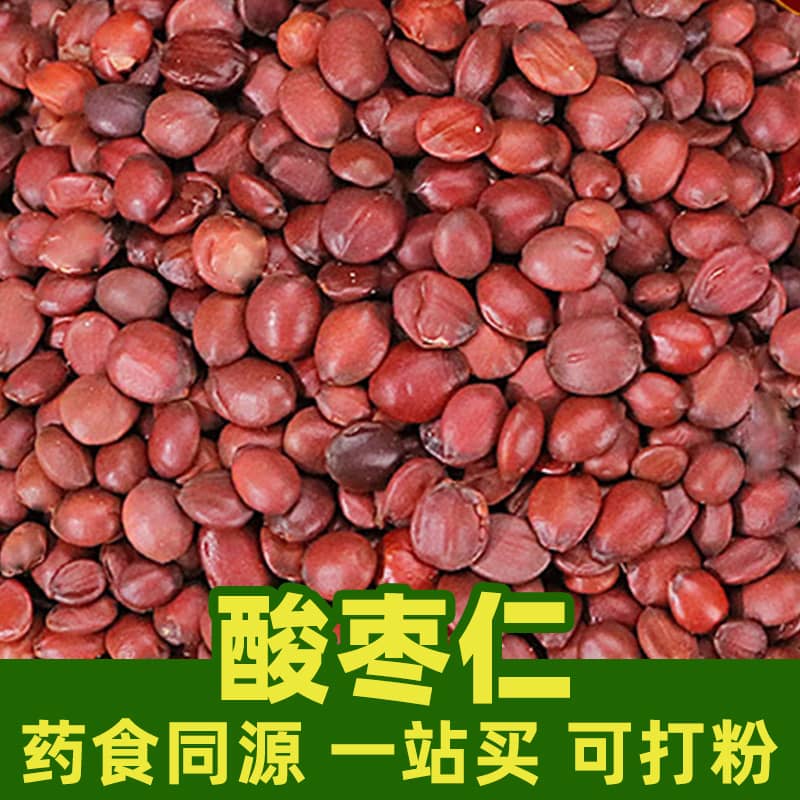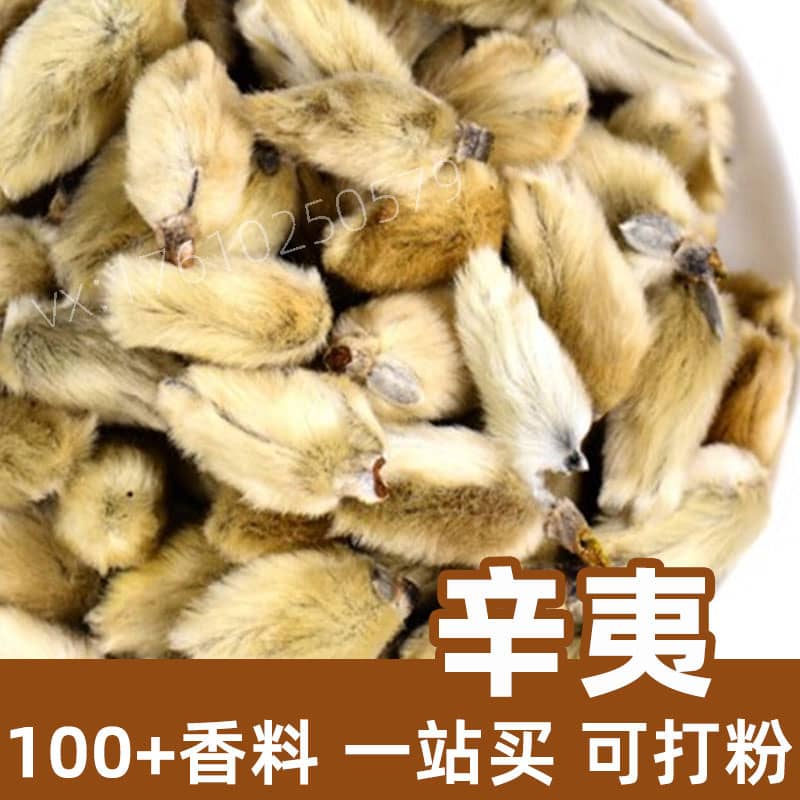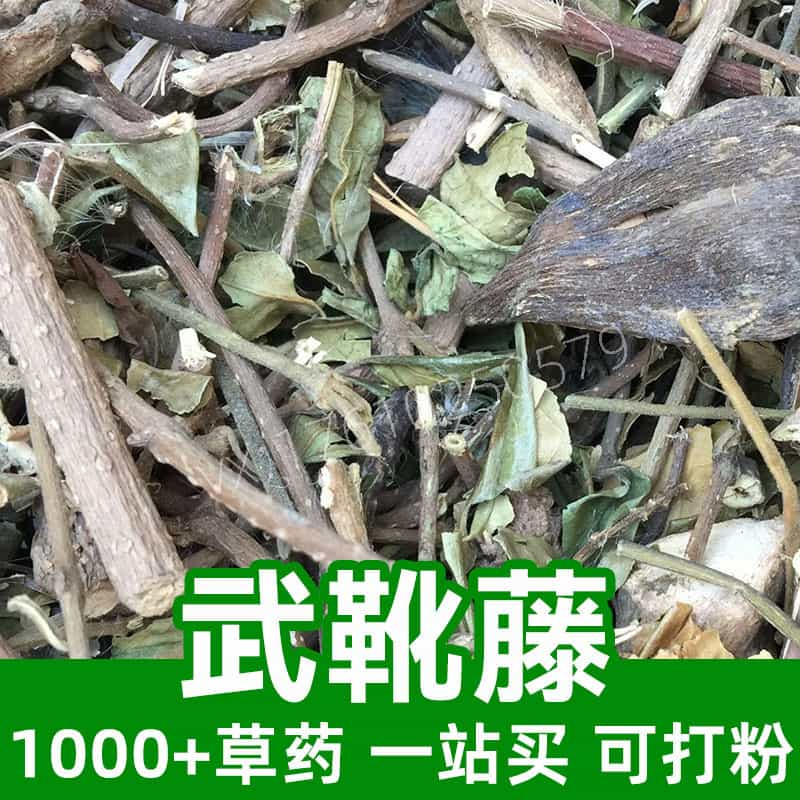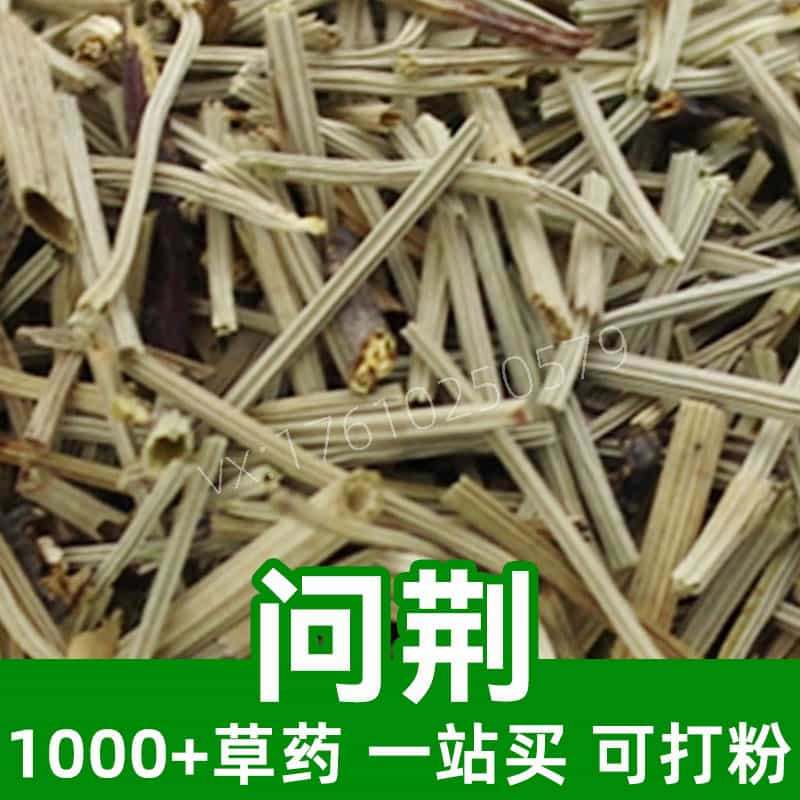Product Description
White-Flower Codonopsis is a perennial herb with medicinal roots. Its soft, cylindrical roots feature fine longitudinal grooves and lateral root marks, with a solid grayish-white appearance that resists breaking.
Scientifically known as *Codonopsis pilosula var. modesta*, it belongs to the same genus as Codonopsis and the Campanulaceae family, primarily distributed in Northeast China and neighboring regions.
White-Flower Codonopsis contains multiple chemical compounds, including saponins, polysaccharides, flavonoids, and phytosterols, with saponins and polysaccharides being recognized as its main active components.
Main Active Components
White-Flower Codonopsis contains several active compounds, notably saponins, polysaccharides, flavonoids, and phytosterols.
Saponins are significant active components that support immunity, regulate immune function, and provide antioxidant effects.
Polysaccharides, another primary component, offer immunomodulatory, anti-inflammatory, and analgesic properties.
Product Applications and Recommended Dosage
White-Flower Codonopsis is widely used in traditional Chinese medicine with the following applications and dosages:
- Immune Support: White-Flower Codonopsis is believed to boost immunity, helping to regulate immune function and enhance body resistance. Recommended dosage is generally 3-9 grams per use, with adjustments as needed based on individual requirements.
- Digestive Health: Known for its spleen-strengthening effects, it can improve digestion, relieve poor appetite, and support overall spleen function. Suggested dose is 3-9 grams per use, adjusted as appropriate.
- Fatigue Relief and Sleep Improvement: White-Flower Codonopsis is used to alleviate fatigue and improve sleep quality. A general dosage recommendation is 3-9 grams, adjusted as necessary.
White-Flower Codonopsis can be consumed in soups or porridges, or taken in granule or pill form for convenience. Specific usage and dosage should be determined based on guidance from a TCM practitioner or physician.
Plant Source Information, Distribution, and Growing Environment
The scientific name for White-Flower Codonopsis is *Codonopsis pilosula var. modesta*, from the Campanulaceae family. It primarily grows in Northeast China and nearby regions, such as Jilin and Heilongjiang.
White-Flower Codonopsis favors altitudes of 1,000-3,000 meters, commonly found on mountain slopes, valleys, and forest edges.
Harvesting, Processing, and Storage
The ideal time for harvesting White-Flower Codonopsis is in spring or autumn when the roots are plump and firm.
After harvesting, the roots should be cleaned, trimmed of fibrous roots, and air-dried. The dried roots should be stored in a cool, dry place away from sunlight. To extend shelf life, it is recommended to keep them in a sealed container.
Monica Sun is a seasoned expert in the natural raw materials industry, with over a decade of experience specializing in traditional Chinese medicinal herbs, spices, and fungi. She is skilled in the sourcing, processing, and application of these materials, emphasizing sustainability and innovation. Monica Sun has contributed to the development of high-quality natural raw materials that serve as essential components in functional foods, pharmaceuticals, and cosmetics, delivering tailored solutions to meet diverse market needs.









